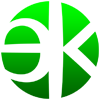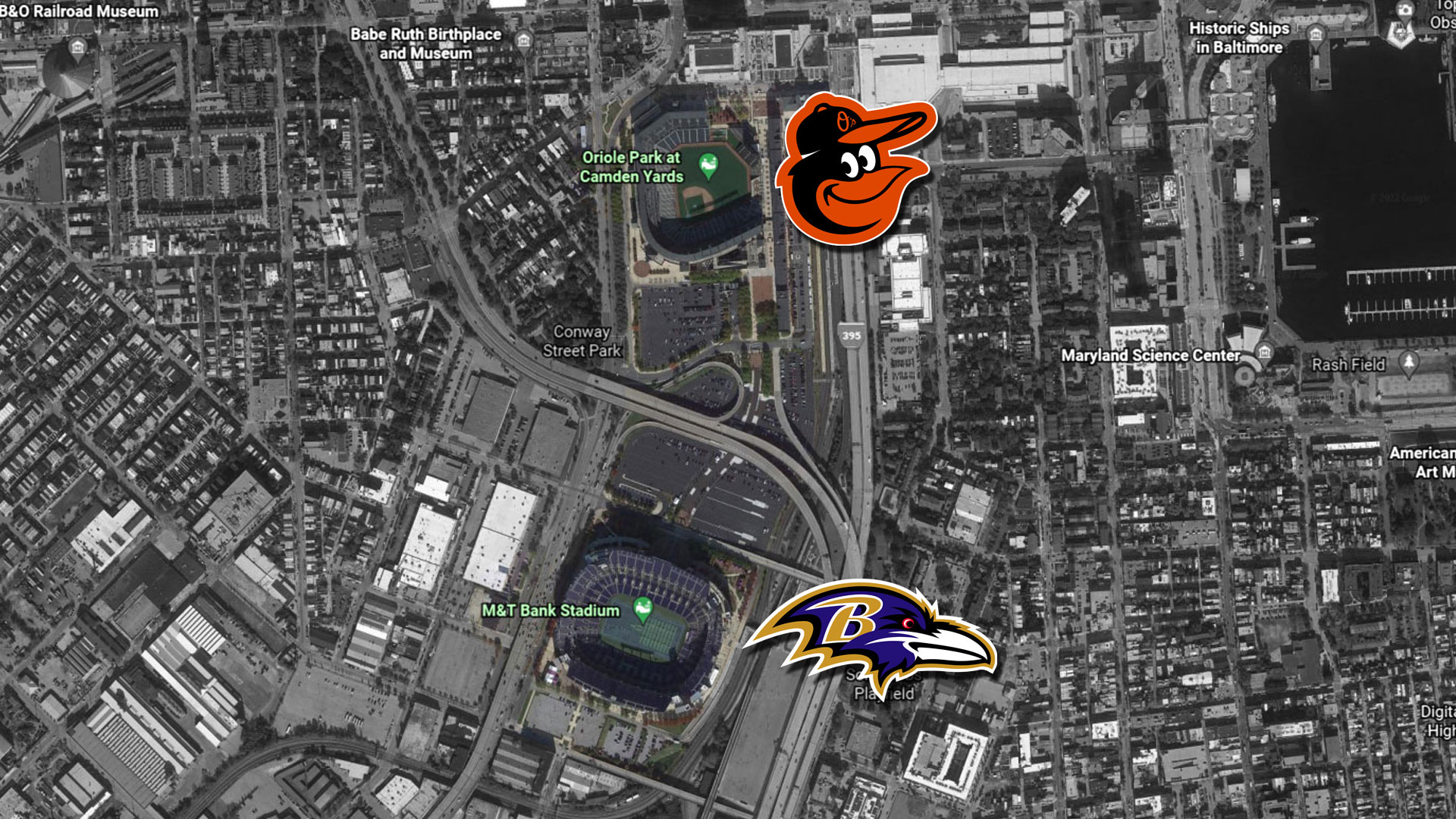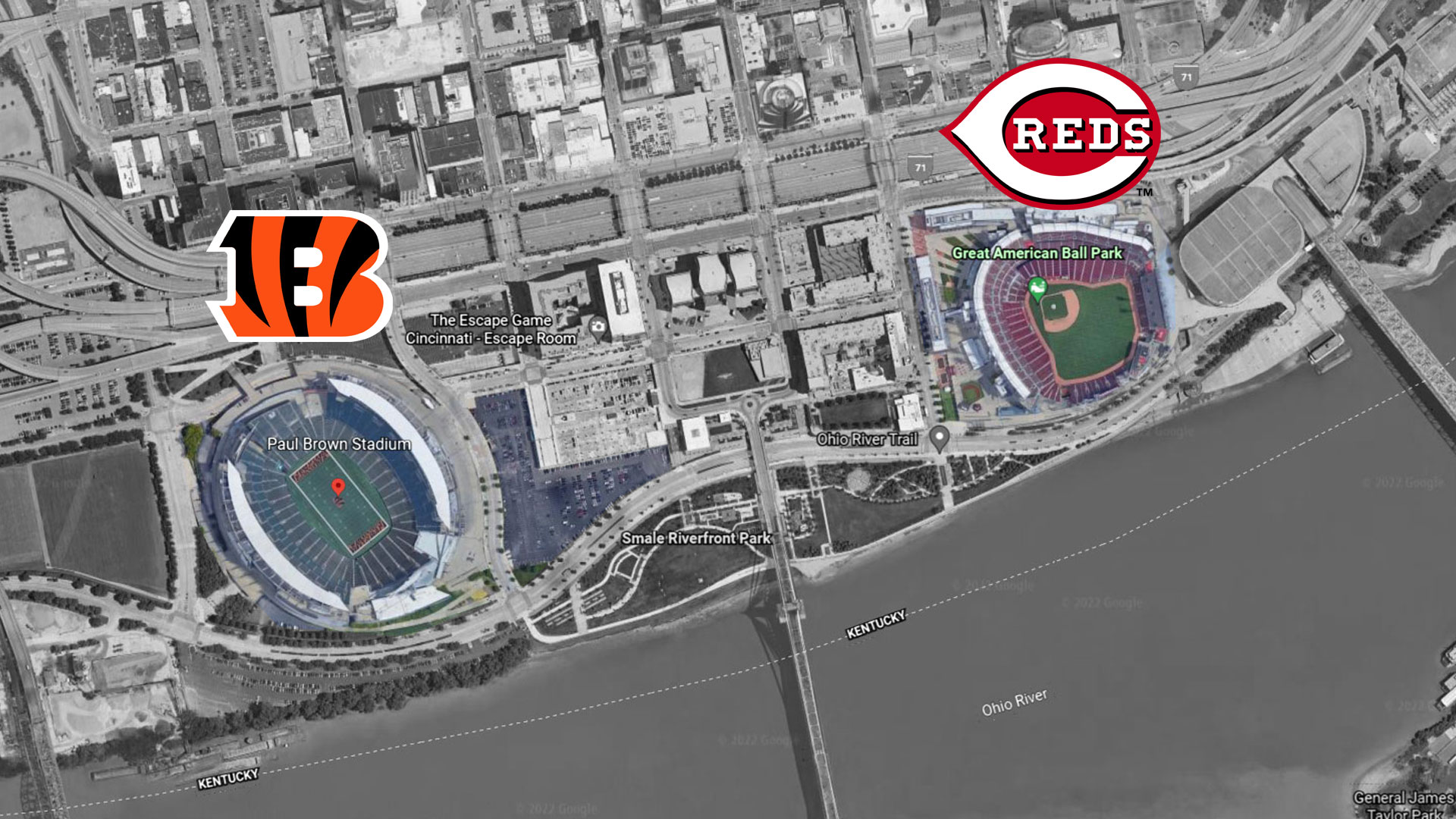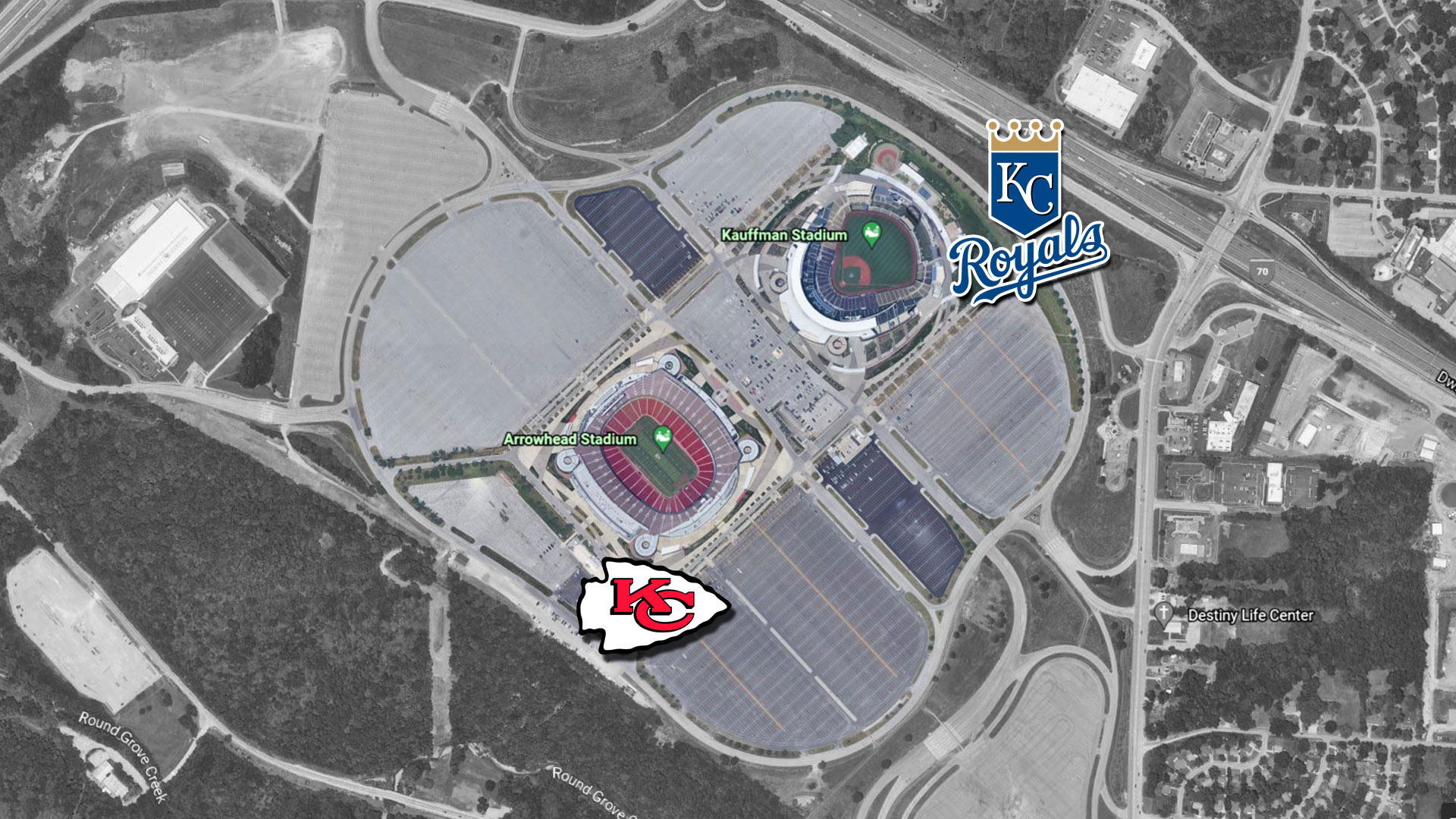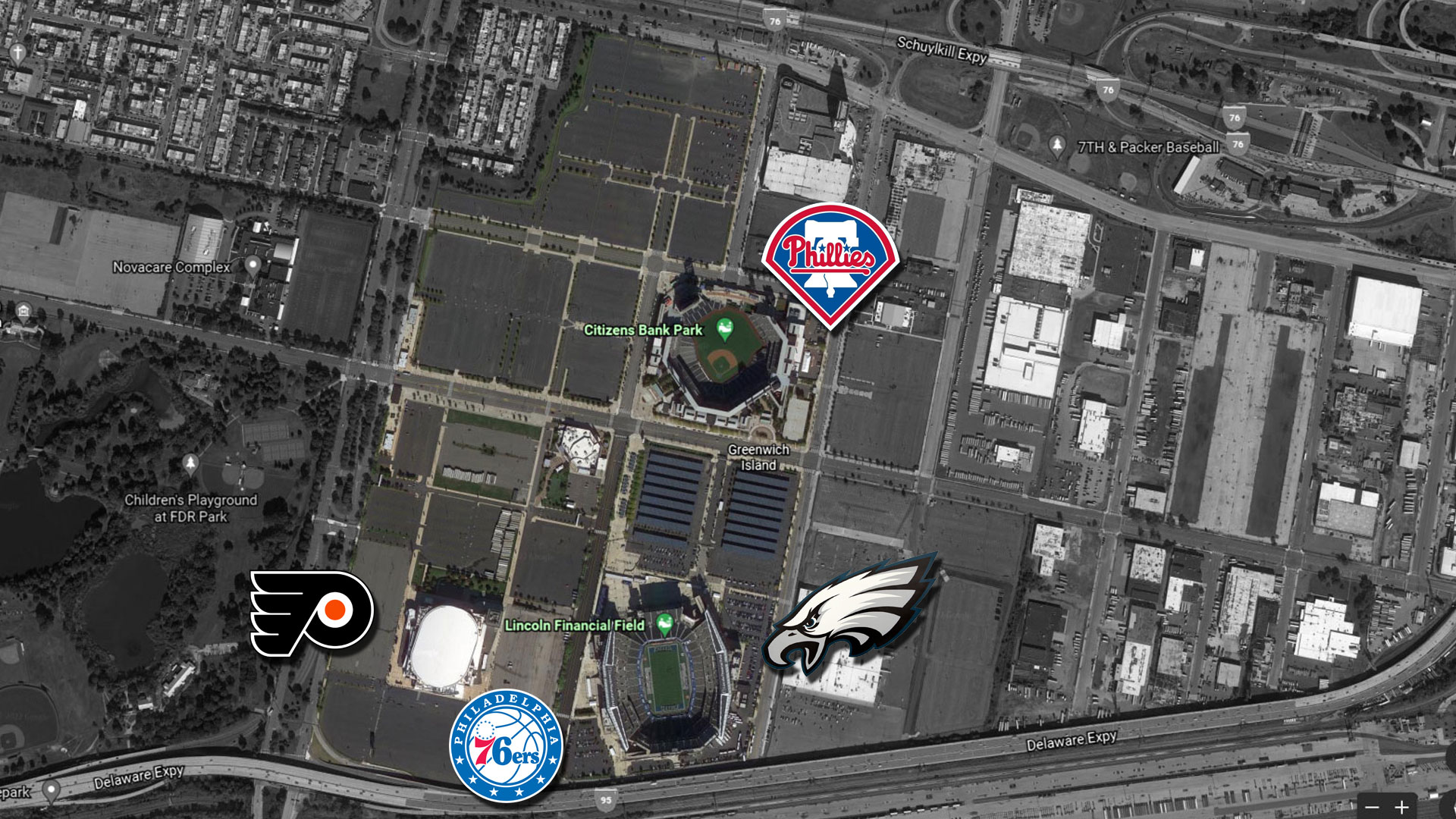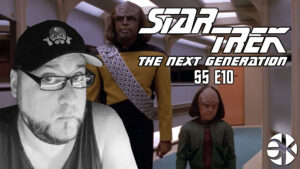
Pro Sports Complexes in the U.S. Part 1 – Learn Stuff
When I was doing the research for NFL Stadiums: Not Where You Think, I noticed that some cities managed to conglomerate their huge sporting venues in one location. I am accustomed to this, as both Philadelphia and Pittsburgh are set up this way. So what other cities have their professional teams close together? Many tend to put their stadiums and arenas in the same general area, but the ones on this list are literally next to each other. Let’s find out.
Detroit: The Lions, Tigers, Pistons, and Red Wings
You don’t get so say this often, but Detroit really has their stuff together – literally. Comerica Park was first to be built and opened in 2000. The home of the Detroit Tigers has a capacity of over 41,000 for baseball. Shortly thereafter, The Lions got a new venue at Ford Field, which opened in 2002.
One of the few domed stadiums in the north, Ford Field’s football capacity is 65,000. At the time, the Redwings and Pistons played in separate arenas, so Little Caesar’s Arena was opened in 2017 and now houses both. Its capacity for basketball and hockey is about 20,000.
Seattle: The Seahawks and Mariners
Once upon a time, as in the 1990’s, Seattle had three professional sports teams that all played in the Kingdome at some point. That was a while ago now, and what was the NBA’s Supersonics have since become the Oklahoma City Thunder. The Kingdome was imploded in 2000, and two new buildings were erected in its place.
The first was T-Mobile Park (originally Safeco Field), opened in 1999 for baseball’s Mariners with a capacity of just under 48,000. The Seahawks got a new football field when Seahawks Stadium opened in 2002. Later re-named Qwest Field and then CenturyLink Field, the nearly 69,000 capacity facility is now known as Lumen Field.
Baltimore: The Ravens and Orioles
Before 1996, Baltimore only had one professional sports team since the Colts left for Indianapolis 1984. The Orioles got a new ballpark when Oriole Park at Camden Yards opened in 1992 with an original capacity of almost 49,000. The name is so lengthy because the governor of Maryland and the owner of the Orioles couldn’t agree.
When the Cleveland Browns magically turned into the Baltimore Ravens in 1996, they needed a place to play. Ravens Stadium (at Camden Yards, of course) was built across the highway and opened in 1998 with a current capacity of over 70,000. The name changed to PSINet Stadium, back to Ravens Stadium (no Camden Yards this time), and is now M&T Bank Stadium since 2014.
Cincinnati: The Bengals and Reds
Just before the millennium, Cincinnati must have been in a spending mood and built two sporting venues next to each other (and about 100 yards from Kentucky). Paul Brown Stadium was opened for the Bengals in 2002. The 65,000 plus capacity stadium was named after the same guy that the Cleveland Browns are. It’s only one of three NFL venues without a corporate naming sponsor.
So the Reds didn’t feel left out, they got The Great American Ball Park with seating for over 43,000 people in 2003.
Kansas City: The Chiefs and Royals
When it comes to stadium location, Kansas City has had their act together for a long time. Like Cincinnati, Pittsburgh and Philadelphia, Kansas City built the homes of the Chiefs and the Royals at about the same time, just 30 years prior. Arrowhead Stadium was built for the Chiefs first and opened 1972. With a current capacity of over 76,000, it’s now named GEHA Field at Arrowhead Stadium since 2021 because corporate money is really tempting.
Right across the parking lot, Royals Stadium opened up in 1973 for baseball. Re-named Kauffman Stadium in honor of the team’s founder, it now has a capacity of almost 40,000.
Dallas: The Cowboys and Rangers
Dallas probably has the newest, most expensive, most air conditioned sports complex in the country… but it’s in Arlington. AT&T Stadium was originally named Cowboys Stadium and opened in 2009. It’s official capacity for football is 80,000, but they claim to be able to expand to 105,000. That’s quite an increase, I guess you have to stand by the bathrooms or something. Across the way is the nearly brand new home of the Texas Rangers with a capacity about half of AT&T Stadium: Globe Life Field. You see Choctaw Stadium just above? That used to be Globe Life Field and was built in 1994. The Rangers wanted the sweet A/C that the Cowboys had, so they got a new stadium.
Pittsburgh: The Steelers and Pirates (and Penguins too, sort of)
We’ve talked about places like Cincinnati and KC building their stadiums in tandem, but they don’t hold a candle to Pittsburgh. Before all the new construction was completed, both the Steelers and the Pirates played at Three Rivers Stadium, at the current location of Heinz Field. It was decided that two new facilities were to be built, and they opened six months apart in 2001. First was the Pirate’s PNC Park with a capacity of nearly 39,000. Later that year, 68,000 capacity (which is always sold out) Heinz Field was opened for the Steelers.
What about the Penguins? Pittsburgh’s hockey team got a new home at PPG Paints Arena in 2010. The location is across the river, but this gets interesting. Mario Lemieux owned the Pens by the time the other teams were getting shiny new stadiums, and he wanted one too. Heinz Field and PNC Park were paid for with public money, and Lemieux wanted none of that. A plan was formulated to pay for the Penguins new arena by building a casino. Sounds crazy right? Well, it worked (sort of, they still got some funding from the city and state). What is now Rivers Casino is built right next to Heinz Field.
Philadelphia: The Eagles, Phillies, Flyers, and 76ers
When it comes to cramming four professional sports teams into one location, Philadelphia goes head-on with Detroit. When I was a kid, sports in Philly were either at the Spectrum or Veteran’s Stadium. That was a long time ago, and new facilities have been built at the same general location. The first to go was the Spectrum, which was replaced by what is now the Wells Fargo Center in 1996. Home of the 76ers and Flyers, what was originally called the Spectrum II has about a 20,000 capacity for both basketball and hockey. The arena has also been named CoreStates Center, First Union Center, and Wachovia Center over the years.
Like Seattle and Pittsburgh, Philadelphia decided it’s football and baseball teams needed separate homes. The Eagles got the nearly 70,000 capacity Lincoln Financial Field which opened in 2003. Not to leave out the Phillies, Citizens Bank Park was opened the next year with a current capacity of almost 43,000.
There seems to be a trend with building stadiums near water.

